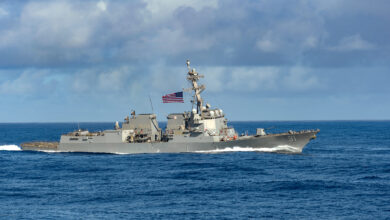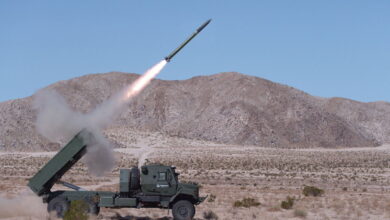Japan plans ‘engage on remote’ AEGIS missile intercept system
Japan is planning to integrate a new missile intercept system that would allow its AEGIS-equipped destroyers to share targeting information in the event of a barrage of North Korean ballistic missiles.
Destroyers equipped with Standard Missile-3 Block IIA interceptors would be able to share radar information with other AEGIS ships, The Yomiuri Shimbun reported on Thursday citing military sources. With this capability, a ship that has used its supply of interceptor missiles would be able to pass targeting information to a second destroyer that could then shoot down the ballistic missiles using the first ship’s radar information.
Currently, the four AEGIS-equipped ships used by the Japanese Maritime Self-Defense Force can share radar information but can only launch a ballistic interceptor using its own radar.
The “engage on remote” system could be deployed at a cost of 340 billion yuan ($52.3 billion) on two destroyers planned for fiscal year 2019-2020. Japan plans to have eight AEGIS capable ships by 2020.
The SM-3 Block IIA missile was developed by Raytheon in cooperation with Mitsubishi Heavy Industries. The interceptor is designed with a larger diameter and greater maneuverability than its predecessors. A U.S. Navy test carried out in June failed to destroy its target, although the first test in February was successful.

The U.S. State Department approved the $133.3 sale of four SM-3 Block IIA missiles to Japan on Wednesday.












